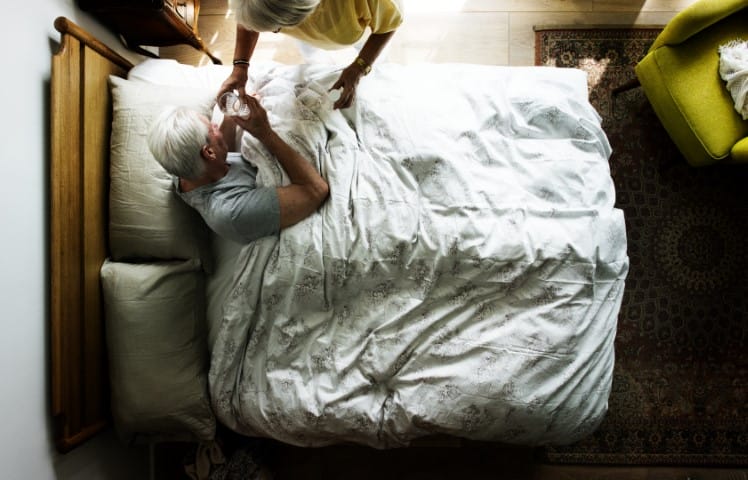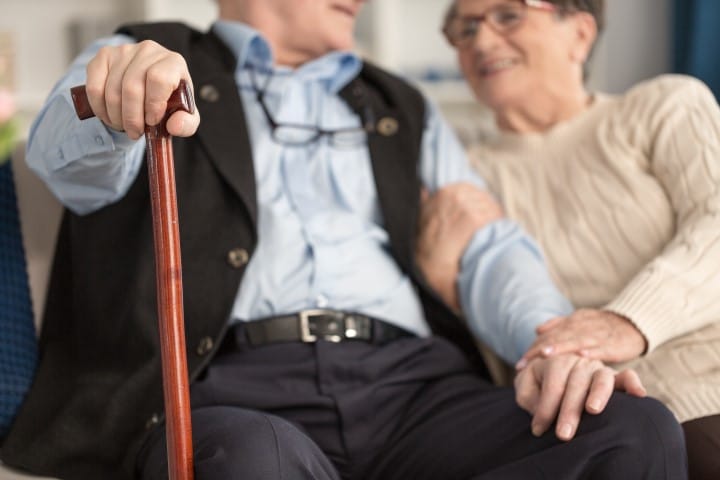
What services and support will hospice provide for me after my loved one has died? What does the End of Life Doula provide for grief support?
Most hospice teams leave a case after the patient has died. Many times families are feeling this as another loss. Hospice does offer bereavement services for up to a year or 15 months in most states. This is usually initiated by a call from volunteer and the living family member is told about monthly support groups that they may attend. The original hospice team that worked with the family is not part of this service.









